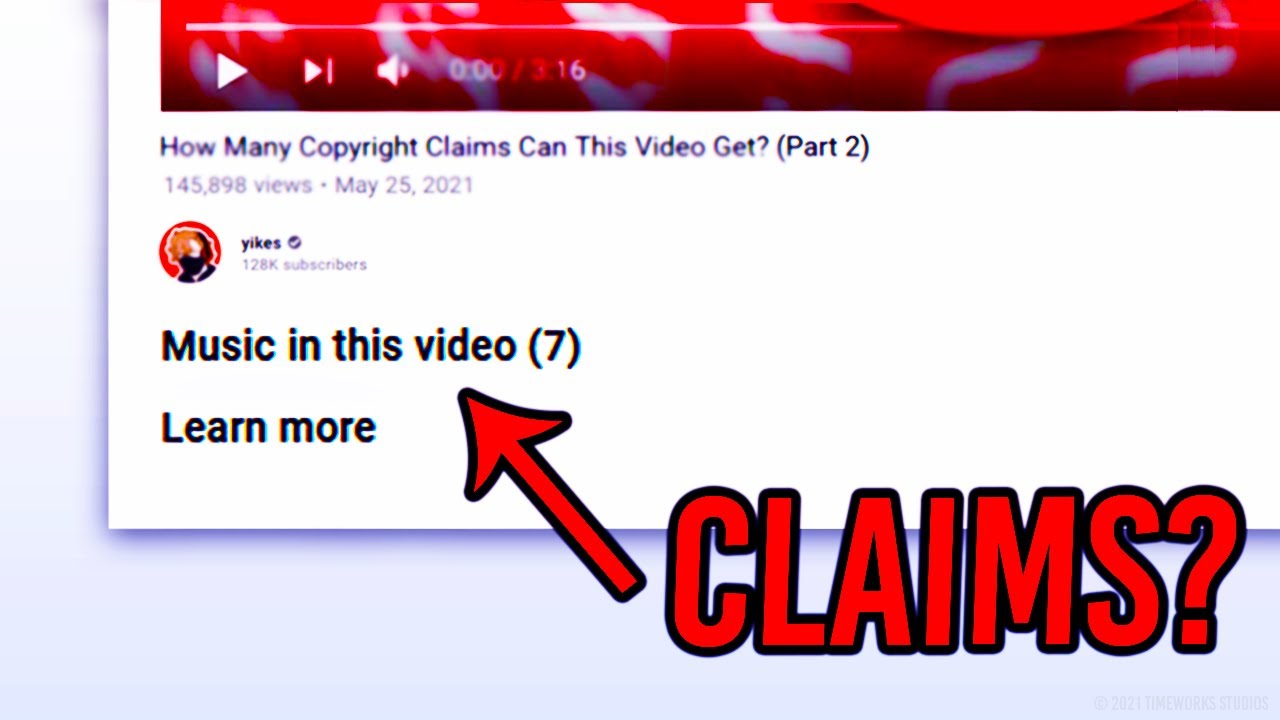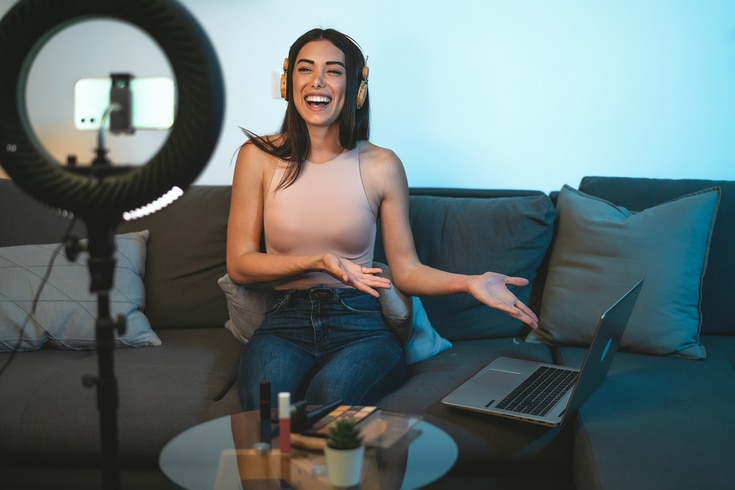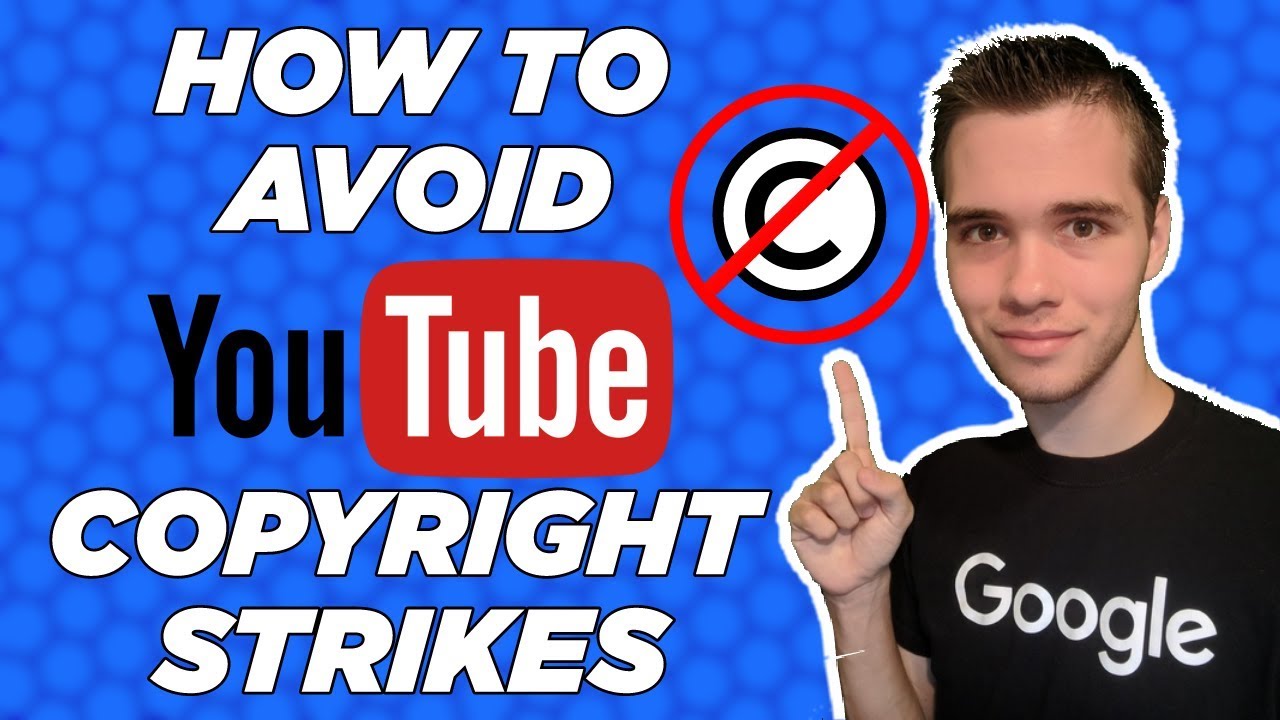Have you ever found yourself glued to a screen, watching someone react to the latest viral video or movie trailer? If so, you’ve dipped your toes into the world of reaction videos! These entertaining pieces of content showcase a creator's genuine responses to various media, often providing humor, insights, or relatable emotions. But what’s the deal with the legality of these videos? Let’s dive into how copyright plays a crucial role in shaping the landscape of reaction videos on YouTube.
The Rise of Reaction Videos on YouTube

Over the past few years, reaction videos have exploded in popularity on YouTube. It’s fascinating to see how these videos transformed from simple “watch-along” moments to a genre of their own. Here’s why they’ve become such a significant part of online culture:
- Relatability: Viewers love to see their favorite YouTubers express genuine emotions. Whether it's laughter, shock, or nostalgia, these reactions create a sense of connection.
- Engagement: Reaction videos often encourage viewers to join the conversation. Fans comment on their own reactions, making it a communal experience.
- Entertainment Value: The unpredictable nature of reactions can lead to some hilarious moments. Think about those over-the-top reactions that become memes!
So, where did this all begin? The trend can be traced back to creators like the Fine Bros, who popularized the format with their “Kids React” series. They showcased kids’ unfiltered responses to various media, which captivated audiences and opened the floodgates for similar content. Suddenly, everyone from gamers to movie buffs began sharing their reactions, creating a vast array of content for viewers.
As YouTube grew, so did the diversity of reaction styles. Some channels focus on niche interests, such as Fred’s quirky takes on pop culture, while others delve into serious topics, like social issues or political events. The variety means there’s something for everyone!
However, the rise of reaction videos isn’t without controversy. Many creators face challenges regarding copyright issues, as they often use clips from original content. This leads us to the interesting intersection of creativity and legality. Stay tuned as we explore how copyright affects these beloved videos in the upcoming sections!
Also Read This: How to Upload YouTube Videos to Instagram: A Comprehensive Guide
3. Understanding Copyright Law

Copyright law is a fascinating area that governs how creators protect their original works. At its core, copyright gives the creator exclusive rights to use, distribute, and modify their creations. This includes everything from music and films to books and art. For YouTube content creators, especially those making reaction videos, understanding copyright is essential.
When someone produces a video, it’s automatically protected by copyright, which means the creator holds the rights to that content. If you were to use clips from someone else's video, you could potentially infringe on their copyright unless you have permission. This is where things can get tricky. You might think, "But it's a reaction video! I'm just adding my commentary!" and that’s a common point of confusion.
To make it clearer, let’s break down some key aspects of copyright law that are particularly relevant for reaction videos:
- Original Works: Copyright protects original works of authorship. This means that your reaction to a movie or a video game is your own original content, but the clips you use from the original work are not yours.
- Duration of Copyright: Copyright doesn’t last forever. In most cases, it lasts for the life of the creator plus 70 years. After that, the work enters the public domain, allowing anyone to use it freely.
- Registration: While copyright is automatic, registering it with the U.S. Copyright Office provides additional legal benefits. If you ever need to take action against infringement, having a registered copyright can strengthen your case.
In essence, if you're using someone else's video in your reaction, you need to be mindful of copyright. It’s not just about what you think is fair; it’s also about the rights the original creator holds. This is where understanding the nuances of copyright really comes into play.
Also Read This: How Old Is Kendall Gray? A Look Into the Life of This Popular YouTuber
4. What is Fair Use?

Now that we've talked about copyright law, let’s dive into a concept that often comes up in discussions about reaction videos: fair use. Fair use is a provision in copyright law that allows limited use of copyrighted material without needing permission from the rights holders. But, and this is a big "but," it’s not a free pass to use whatever you want whenever you want.
Fair use is determined based on four factors:
- The Purpose and Character of the Use: If your reaction video adds new expression or meaning to the original work, it leans toward fair use. For example, adding commentary, criticism, or parody can strengthen your case.
- The Nature of the Copyrighted Work: Using factual or non-fiction works typically falls more under fair use compared to fictional works. So, reacting to a documentary might be more defensible than reacting to a blockbuster movie.
- The Amount and Substantiality of the Portion Used: Using clips that are short and do not capture the essence of the original work is more likely to be considered fair use. Think of it this way: if you use just a few seconds to illustrate your point, you’re on safer ground than if you use several minutes.
- The Effect of the Use on the Market: If your video could potentially replace the original work or affect its market value, that could weigh against fair use. For instance, if your reaction video is so similar that it reduces the need for viewers to watch the original, that’s a red flag.
Ultimately, fair use is a gray area, and just because you believe your use is fair doesn’t mean it will hold up in court. It’s always a good idea to err on the side of caution, perhaps even consulting a legal expert if you're unsure. Remember, the intent behind your video and how you use the original content are crucial in determining whether you fall under fair use.
Also Read This: How Long Does It Take to Edit a YouTube Video? Understanding the Video Editing Process
5. How Fair Use Applies to Reaction Videos

When diving into the world of reaction videos, the term Fair Use often comes up. But what exactly does this mean? In a nutshell, Fair Use is a legal doctrine that allows limited use of copyrighted material without permission from the rights holders. It’s like a safety net for creators, provided they follow certain guidelines.
In the context of reaction videos, Fair Use can apply in several ways:
- Transformative Nature: If the creator adds significant commentary, critique, or new expression to the original content, it may qualify as transformative. For instance, if a YouTuber watches a music video and offers insights about the song's themes, this adds a layer of commentary that can make the video more than just a rehash of the original.
- Amount Used: Generally, the less you use, the stronger your Fair Use claim. Using brief clips or snippets from a longer video is often considered more acceptable than showing entire segments. A reaction video that features 30 seconds of a 5-minute clip has a better shot at Fair Use than one that uses 4 minutes.
- Purpose and Character: Reaction videos that are educational, critical, or provide commentary are more likely to be seen as Fair Use. For example, a reaction video that analyzes the cinematography of a film may be viewed favorably compared to one that simply replays the film with no additional value.
However, Fair Use isn’t a guaranteed shield. Courts evaluate each case individually, assessing factors like the intent of the use and the potential market impact on the original work. So, it's a bit of a balancing act, and creators must tread carefully.
Also Read This: How to Tag Someone in YouTube Comments: Easy Steps for Interaction
6. Case Studies of Legal Battles Over Reaction Videos
The world of reaction videos isn’t just filled with laughter and amusement; it has also seen its fair share of legal skirmishes. Let’s take a look at a couple of notable case studies that highlight the complexities of copyright laws and Fair Use.
Case Study 1: Fair Use vs. Copyright Infringement
One high-profile case involved YouTuber Shane Dawson, who faced backlash for his reaction videos featuring clips from other creators. Critics argued that he used too much of their content without adding enough commentary. The result? A wave of copyright claims that forced many creators to reconsider how they approached reaction videos. Shane eventually modified his style, focusing more on transformative commentary to protect himself legally.
Case Study 2: Cardi B vs. YouTube Channels
In another instance, the rapper Cardi B took action against several YouTube channels that posted reaction videos to her music. Cardi claimed that these videos diluted her brand and misrepresented her work. While the case didn’t go to trial, it sparked a larger conversation about how artists are beginning to protect their content in the age of online reactions. This highlighted the potential risks that reaction creators face, especially from larger, established artists.
These cases illustrate the tightrope that creators walk in the realm of reaction videos. While the Fair Use doctrine provides some protection, the legal landscape is still murky, and it's crucial for YouTubers to educate themselves about their rights and responsibilities. The ongoing dialogue about copyright and Fair Use will undoubtedly shape the future of reaction content on platforms like YouTube.
Also Read This: Why Can't I See Comments on YouTube? How to Fix Comment Visibility Issues
7. Best Practices for Creating Reaction Videos
Creating reaction videos can be a fun and engaging way to connect with your audience, but it's essential to navigate the legal landscape carefully. Here are some best practices to consider:
- Transformative Content: Ensure that your video adds commentary, critique, or new meaning to the original content. For instance, instead of merely watching a music video, discuss the themes, emotional impact, or production elements while reacting. This transformative aspect can help qualify your video for fair use.
- Keep Clips Short: Use short clips of the original content to minimize copyright issues. A good rule of thumb is to limit your use to around 10-30 seconds, depending on the content. This approach reduces the chances of your video being flagged.
- Provide Context: Don't just react—explain your thoughts and feelings about the content. Adding value through insights helps distinguish your video and strengthens your fair use argument. For example, if you’re reacting to a trailer, discuss your expectations for the movie and why.
- Credit Original Creators: Always give credit to the original content creators. Mention their names or channels in your video description and verbally during the reaction. This shows respect for their work and can foster goodwill.
- Use Original Audio and Visuals: If possible, record your reactions with original audio and visuals. Overlaying your commentary on the original video instead of just playing it can enhance the transformative nature of your content.
- Be Mindful of Copyright Claims: Familiarize yourself with the copyright policies of the platforms you’re using. For example, YouTube has specific guidelines regarding fair use and copyright strikes. Understand what could lead to a claim against your video.
- Engage with Your Audience: Encourage viewers to share their thoughts in the comments. This interaction can create a community around your content and provide more insight into what your audience enjoys.
By following these best practices, you can create reaction videos that are not only enjoyable to watch but also stand a better chance of navigating the complex world of copyright law.
8. Conclusion: Navigating the Legal Landscape of Reaction Videos
In the ever-evolving realm of YouTube and digital content creation, understanding the legal implications of reaction videos is crucial for anyone looking to dive into this genre. While these videos provide a unique and entertaining twist on existing media, they come with certain responsibilities and challenges.
Copyright law, particularly the concept of fair use, serves as the foundation for many reaction videos. Remember that fair use is not a blanket protection; it's determined by several factors, including the purpose of your use, the nature of the original work, the amount of content used, and the effect on the market value of the original.
As a creator, your best approach is to be proactive. By following best practices—such as creating transformative content, crediting original creators, and engaging with your audience—you not only protect yourself legally but also enhance the quality of your videos. The balance between creativity and legality can be tricky, but it's not impossible.
Ultimately, the goal is to entertain and inform while respecting the rights of other creators. So, if you're thinking about starting your reaction channel, dive in with a clear understanding of your legal responsibilities—and don’t forget to have fun! With the right approach, your reaction videos can thrive and resonate with viewers while navigating the complexities of copyright smoothly.
 admin
admin








